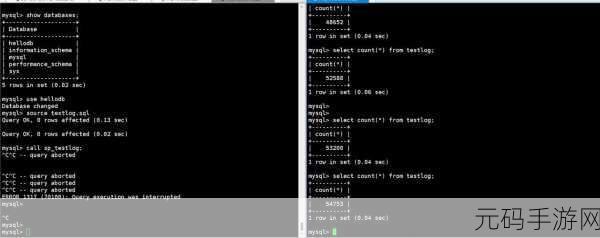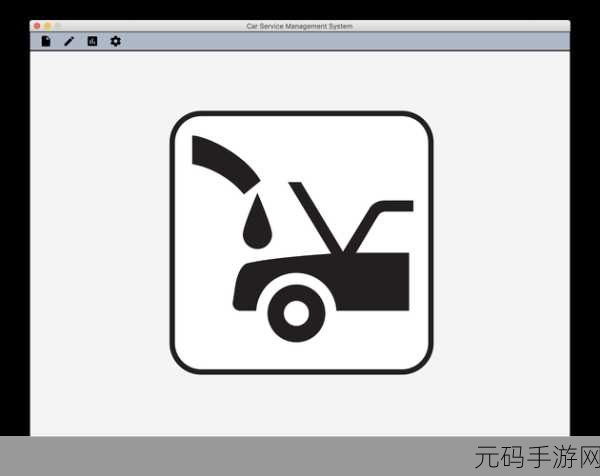理解System.getProperty("user.dir")
在Java编程中,获取当前工作目录是一个常见的需求。通过使用System类中的getProperty方法,可以方便地获得程序运行时的用户目录。这项功能对于文件处理、路径管理等方面尤为重要。
如何使用System.getProperty("user.dir")
调用此方法非常简单,只需传入"user.dir"作为参数。例如:

String userDir = System.getProperty("user.dir");This snippet assigns the current working directory to a String variable named userDir. Once取得该值后,开发者可以根据需要对其进行进一步操作,例如读取或写入文件。
应用场景和实用性
The most common application scenario is when your Java application needs access to files stored in the local file system. For instance, logging information or configuration settings often reside within this directory. By utilizing System.getProperty("user.dir"), developers can dynamically reference these files without硬编码绝对路径,这使得代码更加灵活且易于维护。

例子:加载配置文件
假设有一个应用要求从特定位置加载配置文件。在这种情况下,通过将相对路径与获取到的用户目录结合起来,就能够轻松实现这一点:
// 假设config.properties位于项目根目录下
String configPath = userDir + "/config.properties";
File configFile = new File(configPath); // 创建指向该文件的新File对象
if (configFile.exists()) {
// 加载配置逻辑
}This method ensures that irrespective of where the project gets executed, it will always look for its configurations relative to its execution context.
Error Handling and Best Practices
Pursuing best practices while handling paths significantly enhances an application's robustness. When constructing paths using concatenation, it's advisable采用java.nio.file.Path类来确保跨平台兼容性:
alert path1=Paths.get(userDir,"/path/to/file.txt");
Files.readAllBytes(path1); This approach prevents potential issues related to不同操作系统之间斜杠方向的不一致,也提高了代码可读性及安全性,从而减少错误发生率。
Bash与Shell脚本中的相似概念
The concept behind obtaining the current working directory isn't exclusive给Java语言。无论是在Bash还是其他Shell脚本环境中,都能通过类似命令迅速得到当前执行上下文。例如,在Bash中,可以使用pwd命令,这是“print working directory”的缩写,并会输出当前活动的工作空间。这种通用性的设计思想使得各种编程语言都能有效支持动态路径管理,不同开发人员无缝切换至多个技术栈也变得更容易,同时保留所需功能的一致性。
User Directory Retrieval 的未来可能发展趋势
- - 跨平台工具增强(如Docker)是否会影响传统方式?
- - 随着微服务架构的发展,对动态资源定位机制有什么新的挑战吗?
- - 安全措施是否足以保护敏感数据不被恶意访问?



